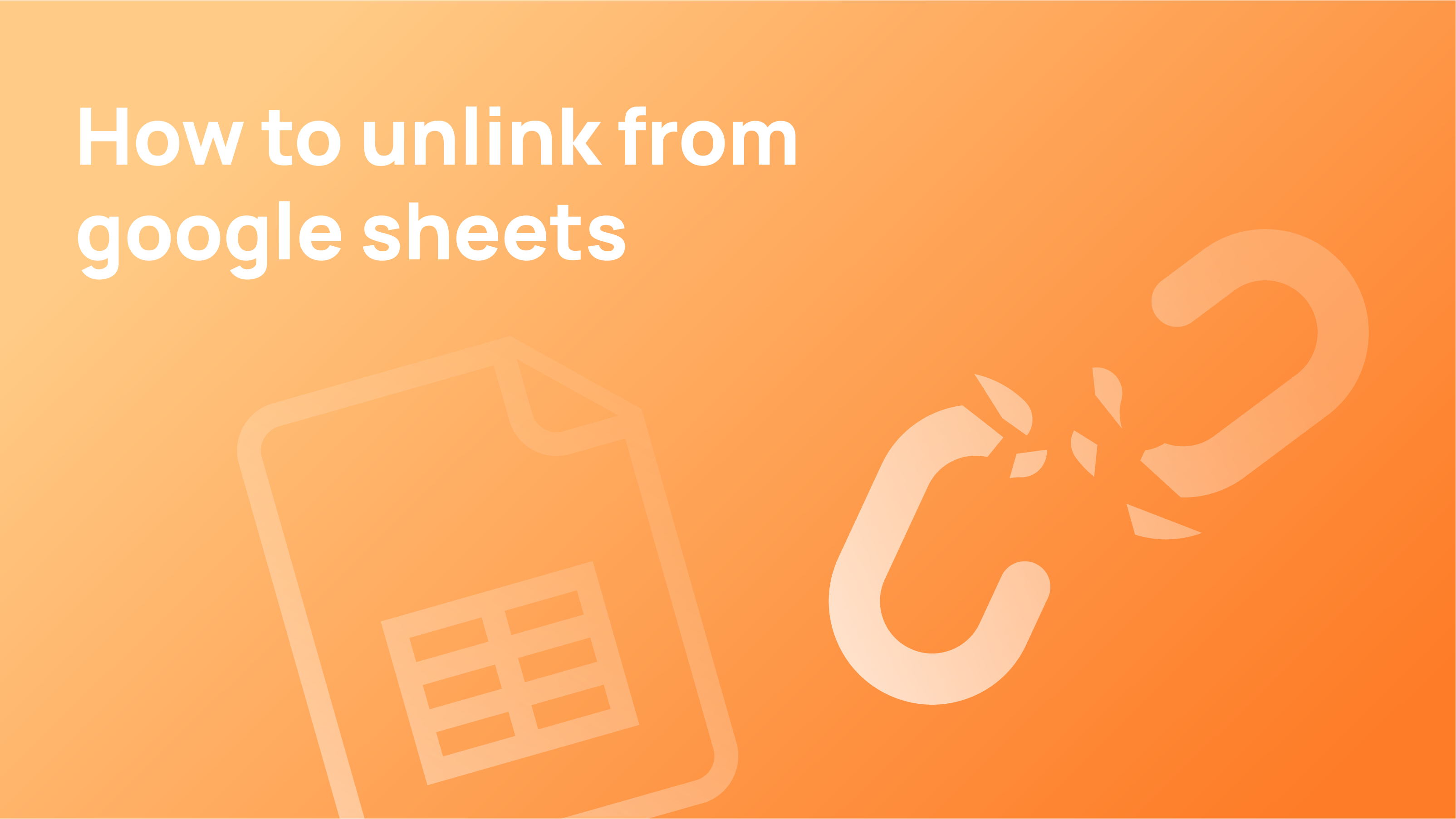Web forms are usually small, unobtrusive things, but they can be far more powerful than people – even people who use them – give them credit for.
Web forms are the most popular kind of lead-generation tool among small business owners. The best of them are simple to integrate into your website, can gather any data you require from site users, and can be tailored to reflect your brand. Additionally, they give website users a simple option to subscribe to or purchase from your business.
To help you understand the significance of form conversions for the success of your company and how design and functionality can affect your total conversion rates, we’ve compiled a list of useful online form conversion statistics and facts that we wanted to share with you here today.
General Web Form Statistics
74% of businesses use web forms to generate leads, and 49.7% say that these are their best-converting lead-generating tools.
This means two things: a lot of people, probably your competitors include, use web forms to try to capture leads, but not all of them create forms that are particularly successful in doing so.
The most crucial form field for generating quality leads, according to 97% of B2B companies, is Email, followed by Name (92%), and Company (79%).
Five form fields were the average length of an online form in 2022, and the number of form fields which most often yielded the highest conversion rates.
Online forms typically convert at a rate of around 21.5%. (though this number varies depending on industry).
A/B testing, form data analysis, and user experience testing are all related to higher form conversions.
Testing is one of the most important, and yet most often overlooked, ways to improve conversions of any kind, including web form submissions. The good news here is that when you make use of a tool like Upform to create web forms A/B testing is seamless and easy, as forms can be tweaked, changed, and even replaced completely in a matter of minutes.
WordPress multi-step forms can increase conversion rates by 300%.
Only 40% of marketers say they use multi-step forms, and of those that do, 17% say it’s because of them that lead generation has improved.
Lead magnets are used by 50% of marketers to entice signups, and they result in higher conversion rates.
The most popular lead magnet among subscribers is an ebook, which is used by 27.7% of marketers.
People really are actively looking for informative, and/or engaging content they can consume in an easy way, and a simple, PDF-based ebook is the best way to provide them with it in return for their basic information submitted via a web form. Webinars (24.9%) and unrestricted or free tools (21.3%) are other common lead magnets.
Engagement, ease, peace of mind, ability, and motivation to do so are the five essential components of a form that will be filled out.
Conversions can be increased by up to 60% or more by improving your value proposition and adding trust signals.
Conversions could potentially treble if the information is collected via a quiz-like form.
This is a very interesting web form statistic. If you can find a way to offer a web form that makes the information-gathering process more like a quiz, more people are likely to complete it. How can you do that? It may not be as hard as you think.
For example, a clothing retailer could add questions to a multi-step form about colour preferences, style preferences and more that will not only improve the web form submission rate but also get you valuable data that you can make use of in tons of different ways without consumers ever feeling like their privacy has been intruded upon or that you have been trying to ‘sell them on something.
“Click Here,” “Go,” “Download,” and “Register” are among the CTA button language terms that perform the best.
Labels that are left-aligned are easier to read and increase form conversions.
Form completion rates increase when form fields have labels on top of them.
Even one form field removed from a form that is longer than five form fields can increase form conversions by up to 26%.
The most convincing words in the English language are “you,” “easy,” “guarantee,” “save,” “new, proven,” and “results,” and when utilised properly in a web form, they can dramatically increase form conversions.
Before making a purchase, about 70% of shoppers will consult internet product reviews.
Adding to that, whether on an eCommerce site or on your online order form, adding 50 or more reviews for any product you sell can increase conversion rates by 4.6%.
Tablets (16.9%) and mobile phones (12.7%) have the next-highest form conversion rates, respectively, behind desktops (17.5%).
With a conversion rate of 17.8%, Chrome has the highest rate, followed by Firefox (17.3%), Internet Explorer (15.9%), and Safari (14.3%).
A difficulty that some web developers face here is ensuring that any web form they offer is optimised and functions well across all of these browsers. A tool like Upform does that for you, removing any complications that might prevent someone from completing a form because of a browser restriction.
9 p.m. is the peak period for form conversions, indicating that consumers prefer to complete forms (particularly order forms) at home.
Creating a sense of urgency can increase someone’s motivation to complete a form.
Making use of language like ‘limited time offer’, ‘ending soon’ and other similar statements in the copy for your web form is an easy way to create this without appearing pushy or ‘sales’, something that an increasing number of people are wary of.
Visitors will fill out online forms more frequently regardless of the type of device when they are displayed above the fold.
In case you were not quite sure, the term ‘above the fold refers to the content that can be seen in the first portion of a screen before a user is required to scroll.
Form Abandonment Statistics
All small business owners experience form abandonment at some point or another.
Fortunately, arming yourself with the crucial data and web form statistics we’ve compiled will help you identify why your web forms might not be working as well as you’d want and make changes that can immediately decrease order form abandonment, increase conversions, and boost online sales.
81% of people have started filling out a web form but then stopped before completing and submitting it.
When it comes to filling out online forms, 29% of individuals say that security concerns are one of their top worries, followed by form length (27%).
If your form is difficult to use, more than 67% of website visitors will leave it uncompleted and then exit your site; only 20% will then attempt to contact the business via some other method.
30% of users will come back to complete a form if it offers them something, like a free tool.
If the firm contacts them by email or business phone to re-engage them, 19% of individuals will come back to complete a form they had previously left uncompleted.
In contrast to 84% of individuals who prefer to use a desktop or laptop, only 3% of people prefer to fill out forms on mobile devices.
13% of people will never complete an online form because they prefer to complete paper versions.
The length or intricacy of your online job application form will drive 60% of applicants to give up.
However, 50% of companies assert that the length of their application forms effectively weeds out applicants who don’t want to complete them and therefore, in their opinion, don’t really have the required level of interest in the position to be of interest to them anyway.
Shoppers abandon checkout forms in 76.9% of cases.
The rate of form abandonment is highest in the travel sector (81%), then in nonprofits (77.9%), finance (75.7%), and retail (75.8%).
Three form fields maximum can reduce form abandonment rates.
The majority of forms are abandoned when dropdown form fields are present.
As much as 5% fewer people complete forms when asked for their phone number, followed by their street address (4%), age (3%), and city and/or state (2%).
People do seem fine with being asked for their postal code/zip code though, and with the right tools, you can still gather a lot of very useful data with that information alone.
Unless the phone number field is made optional, 37% of individuals will not complete a form that asks for it.
Simply giving people the option to exclude their phone number from a form submission can significantly improve its conversion rate, and many will still provide a number anyway!
The submit text on your form matters: If you mention the term “Submit,” 3% more people will leave.
Two-column forms are more difficult to read and may cause form abandonment.
When the CAPTCHA on your form is enabled, your form abandonment rate is probably going to be greater.
This is often because people want to fill out a form quickly, and many CAPTCHA options are super slow and often malfunction.
Unexpected expenses (shipping, taxes, and fees), the requirement for account creation, and the convoluted checkout process are the top three reasons for leaving a checkout form incomplete.
Up to 35%, less form abandonment can be achieved by improving checkout design, which would result in almost $260 billion in recovered orders.
The Norton Secured trust badge is the most recognisable and trusted, with a 35.6% trust rating.
In one large study, 49% of the 1.5 million site visitors who viewed an online form afterwards actually added more information to it beyond what was mandated.
Only 16.5% of the 49% who began filling out the form more completely than finished it to the submission point.
If you ask them to register for an account, 23% of users will not complete your checkout form.
If there are no trust badges on a form during online checkout, 12% of customers will quit it.
There you have it, then! These online form statistics and data points, when actioned, can help your small business in overcoming obstacles and succeeding in the upcoming year, whether your primary objectives are lead generation, email marketing, increasing form conversions, or preventing form abandonment.
Another great way to do all of this is to create your web forms using Up Form, and as getting started is free, you can do that right now.


